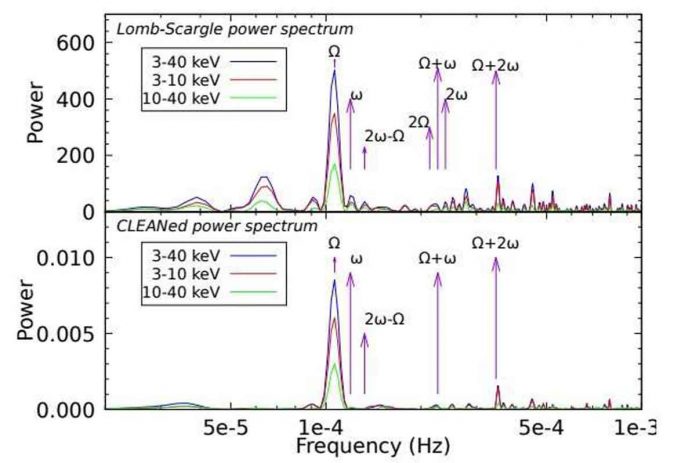Indian astronomers conducted a broadband X-ray analysis of a unique intermediate polar known as Paloma using data from ESA’s XMM-Newton satellite and NASA’s NuSTAR space observatory. The study’s findings, which were published on arXiv.org on June 17, shed more light on the properties of this object.
CVs are binary star systems that consist of a white dwarf accreting material from a normal star companion. They fluctuate in brightness by a large factor, then return to a quiescent state. Polars are a type of cataclysmic variable distinguished from others by the presence of a powerful magnetic field in their white dwarfs.
When the white dwarf is moderately magnetic, accretion occurs through a truncated accretion disc in some CVs. These are referred to as intermediate polars (IPs). Observations show that in IPs, the magnetic white dwarf (WD) spins asynchronously with the system’s orbital period, resulting in a rapid oscillation with the spin period. As a result, determining the precise spin period and oscillation ephemeris may be the key to revealing the IP nature of some CVs.
Paloma (also known as RX J0524+42 and 1RXS J052430.2+424449) is a unique intermediate polar with much lower WD asynchronism (14 percent) than other IPs (typically about 90 percent). Anirban Dutta and Vikram Rana of the Raman Research Institute in Bangalore, India, investigated this source to gain more insights into this peculiarity and to reveal the general properties of Palomar.
“We tried to give an overall description of the spectral properties of the system, as well as the temporal behaviour of the system extending all the way up to 40 keV using broadband X-ray data obtained simultaneously from XMM-Newton and NuSTAR,” the researchers wrote in the paper.
The observations revealed that for soft to medium X-rays (0.3-10.0 keV), orbit-folded light curves have a single broad hump-like structure with strong dips. The astronomers believe this is due to emission seen from at least one pole at any point in time during the white dwarf’s orbital motion in Paloma. These dips, it was added, are caused by the presence of a complex inhomogeneous absorber.
According to the paper, this absorber varies significantly with orbital phase. Its maximum contribution was estimated to be between 0.1 and 0.22 during the orbital phase. The researchers believe that this absorber is derived from the accretion curtain or stream, including the pre-shock flow.
The collected data also allowed the researchers to calculate the mass and radius of Paloma’s white dwarf. They discovered that its mass is approximately 0.74 solar masses, and its radius is approximately 7,400 kilometres. The authors of the study also discovered ionised emission lines in Paloma’s soft X-rays, as well as a weaker neutral iron K-alpha line.
Study explores the properties of a unique intermediate polar

